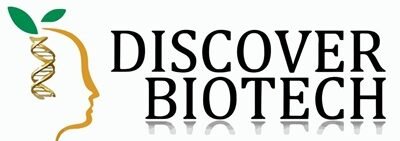Mutagenesis of cloned genes
In this article, I briefly describe mutagenesis and mutagenesis of cloned genes. Mutagenesis Mutagenesis is a process in which an organism changes its DNA. It results in gene mutation. Mutagenesis can be spontaneous or induced. Specified mutations in genes can be engineered and the effects of these mutations can be tasted. The availability of cloned … Read more >>
